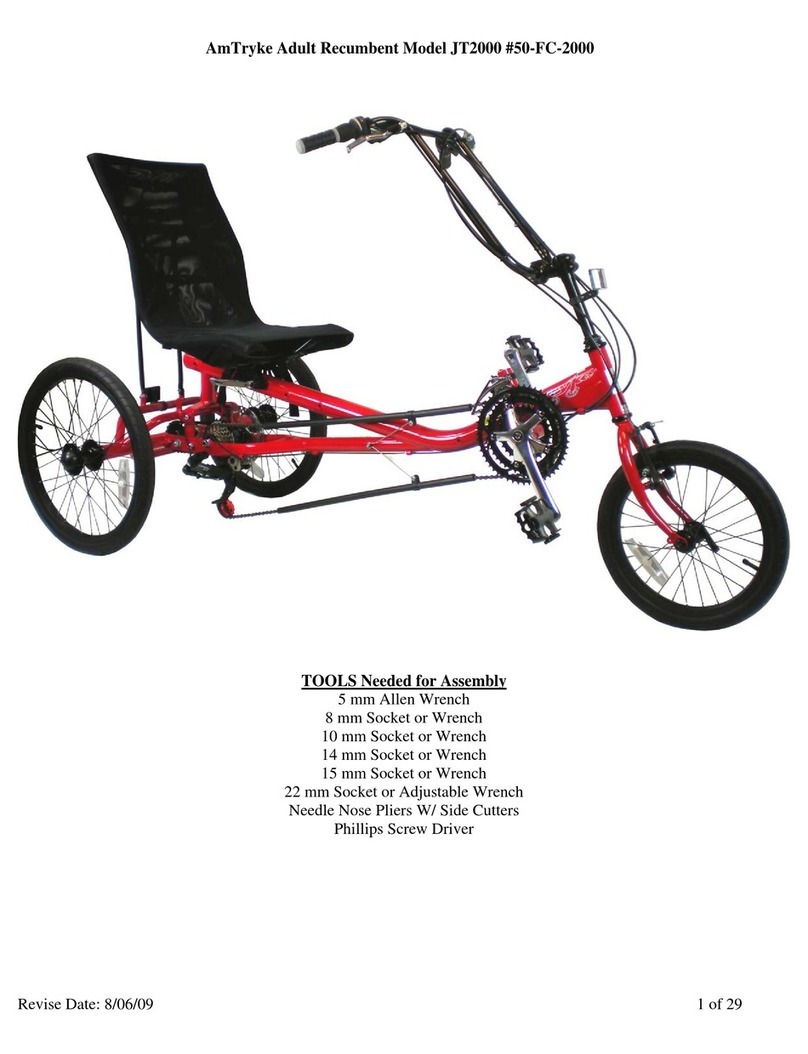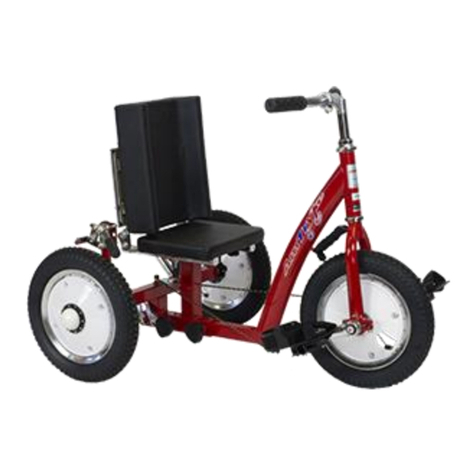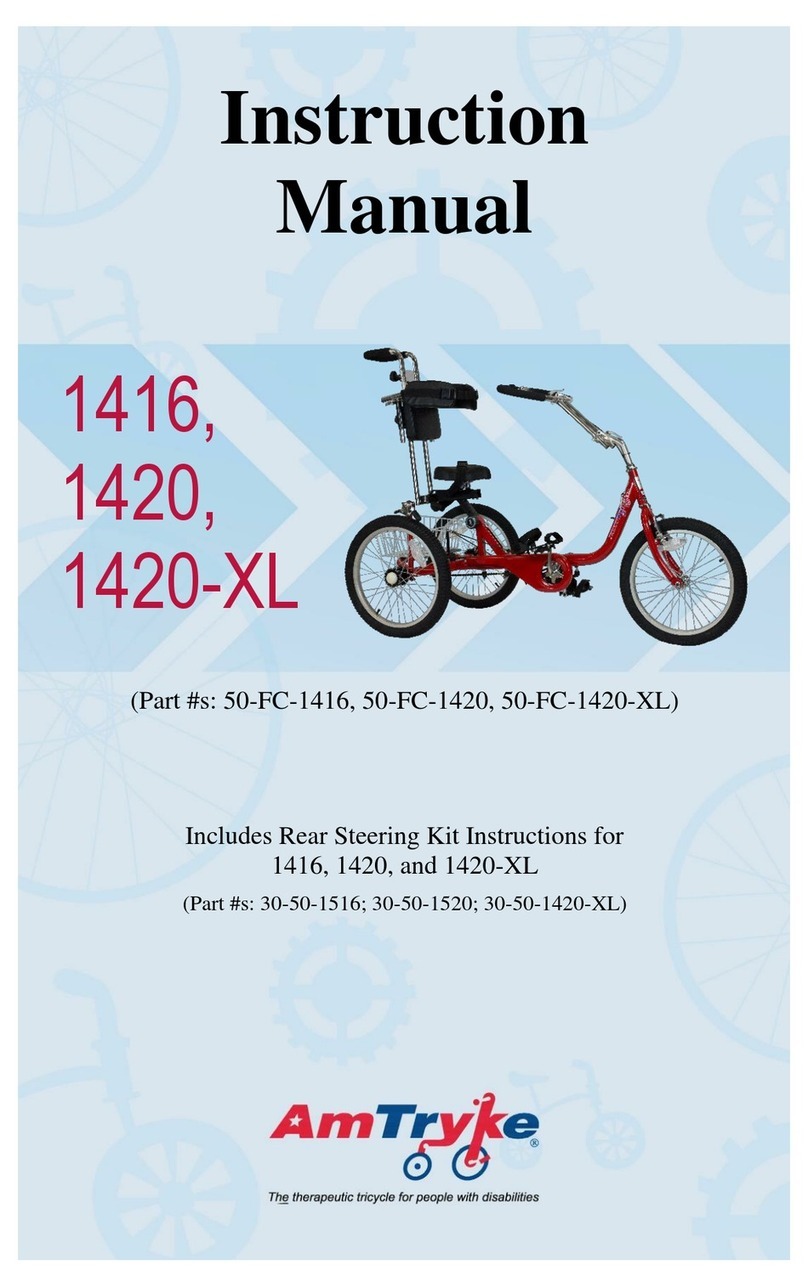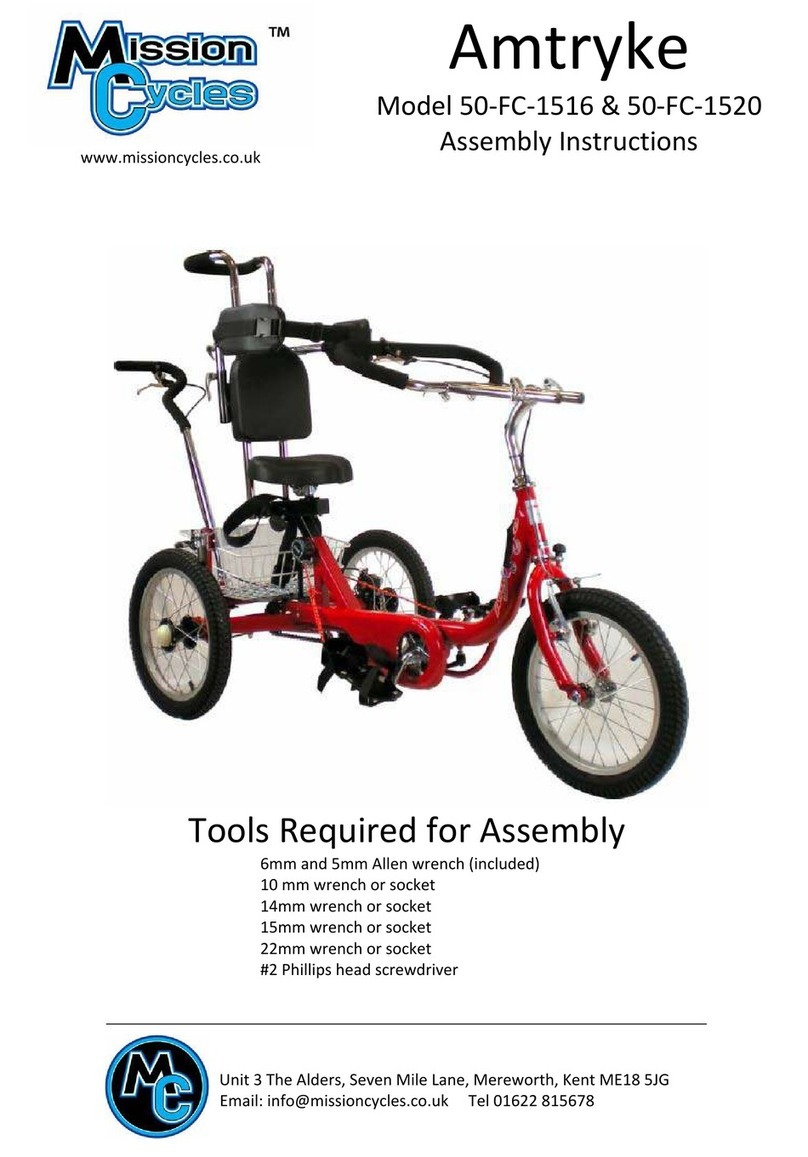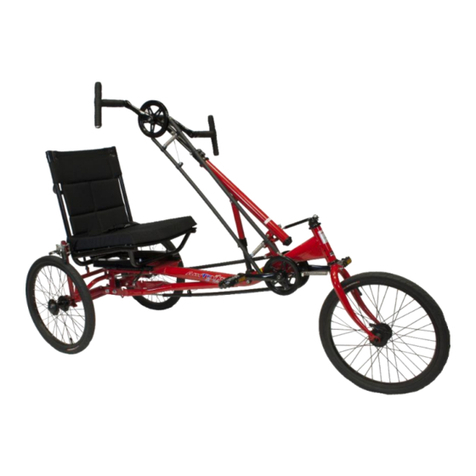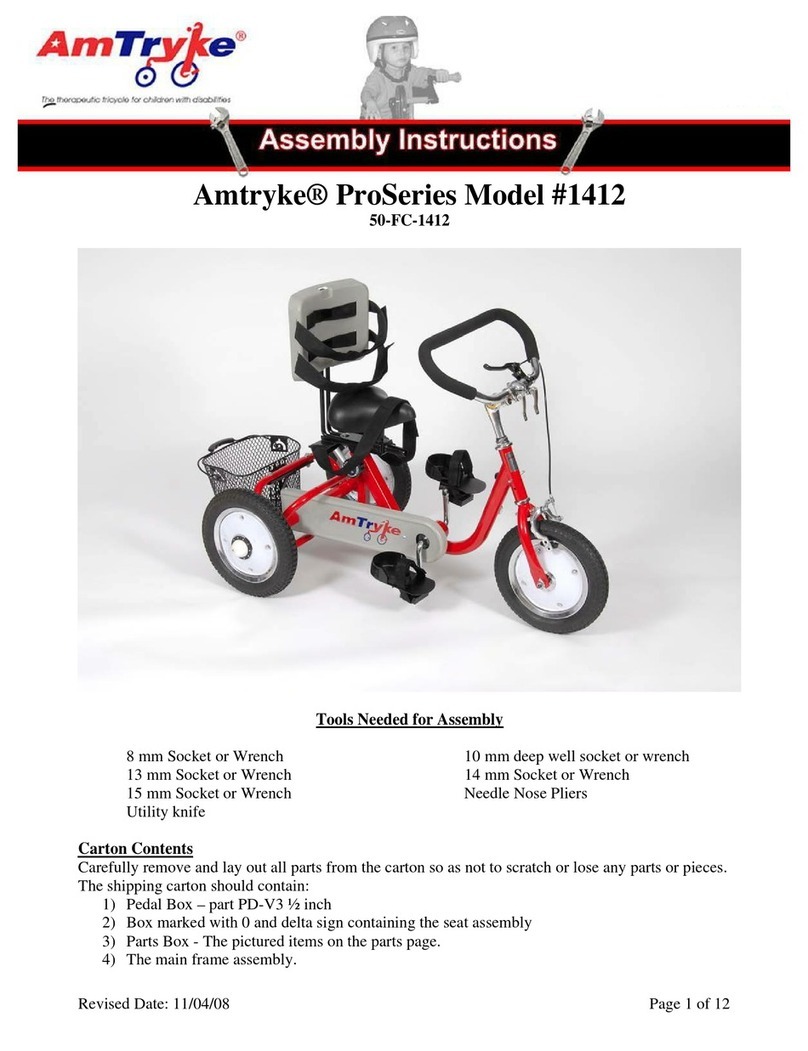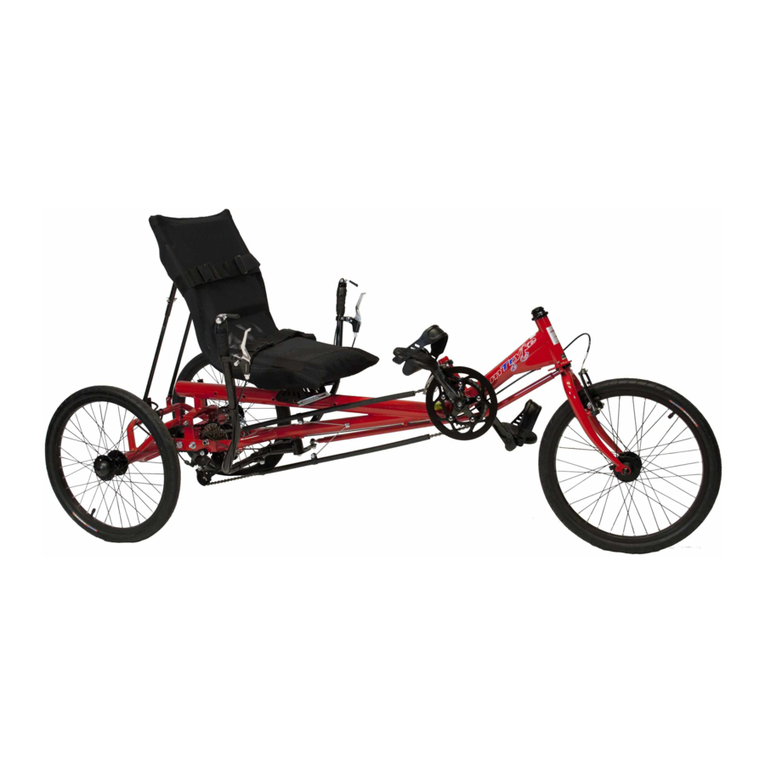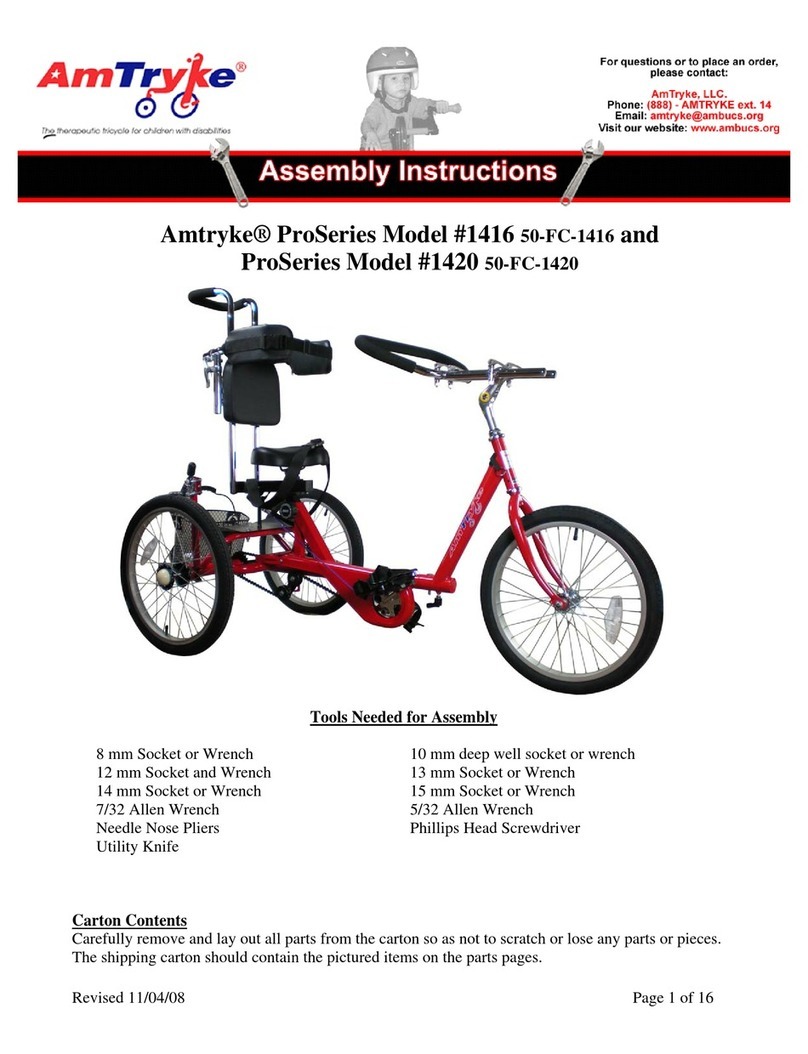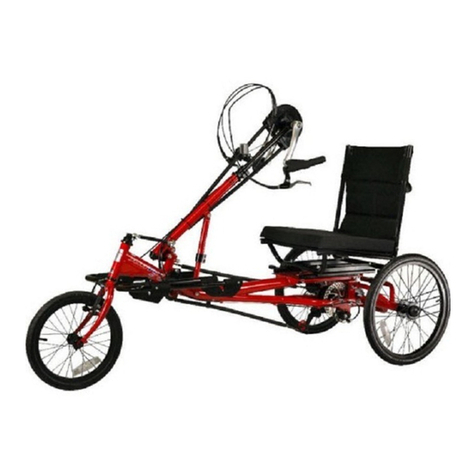Revised: 12/22/2015
n:\amtryke\manuals and instructions\models\1412\proseries 1412 manual booklet style.docx
Contents
About AmTrykes®............................................................................................1
About This Manual ..........................................................................................1
Safety ..............................................................................................................2
Safe Riding Tips................................................................................................ 2
Brakes.......................................................................................................... 3
Shift Gears................................................................................................... 4
Assembly Instructions .....................................................................................5
Getting Started ................................................................................................ 5
Front Fork ........................................................................................................ 7
Handlebar ........................................................................................................ 8
Loading Brake .................................................................................................. 9
Seat................................................................................................................ 10
Basket ............................................................................................................ 11
Pedals ............................................................................................................ 11
Steering Pin.................................................................................................... 12
Additional Assembly Instructions ..................................................................13
Rear Steering Bar with Hand Brake (Model 1512)......................................... 13
Fitting AmTryke for Rider ..............................................................................16
Optional Accessories .....................................................................................17
Troubleshooting ............................................................................................17
Maintenance .................................................................................................18
Wheels and Tires ........................................................................................... 18
Brakes ............................................................................................................ 18
Chain.............................................................................................................. 18
Maintenance Schedule .................................................................................. 19
Warranty.......................................................................................................20
Useful Information ........................................................................................20
AmTryke Therapeutic Tricycle Program ........................................................ 20
Donations ...................................................................................................... 21
Returns .......................................................................................................... 21
Refunds.......................................................................................................... 22
AmTryke Sizing Charts ...................................................................................23
Tools .............................................................................................................23

